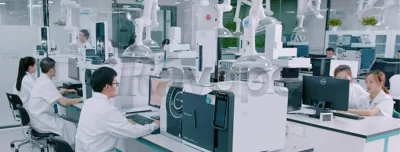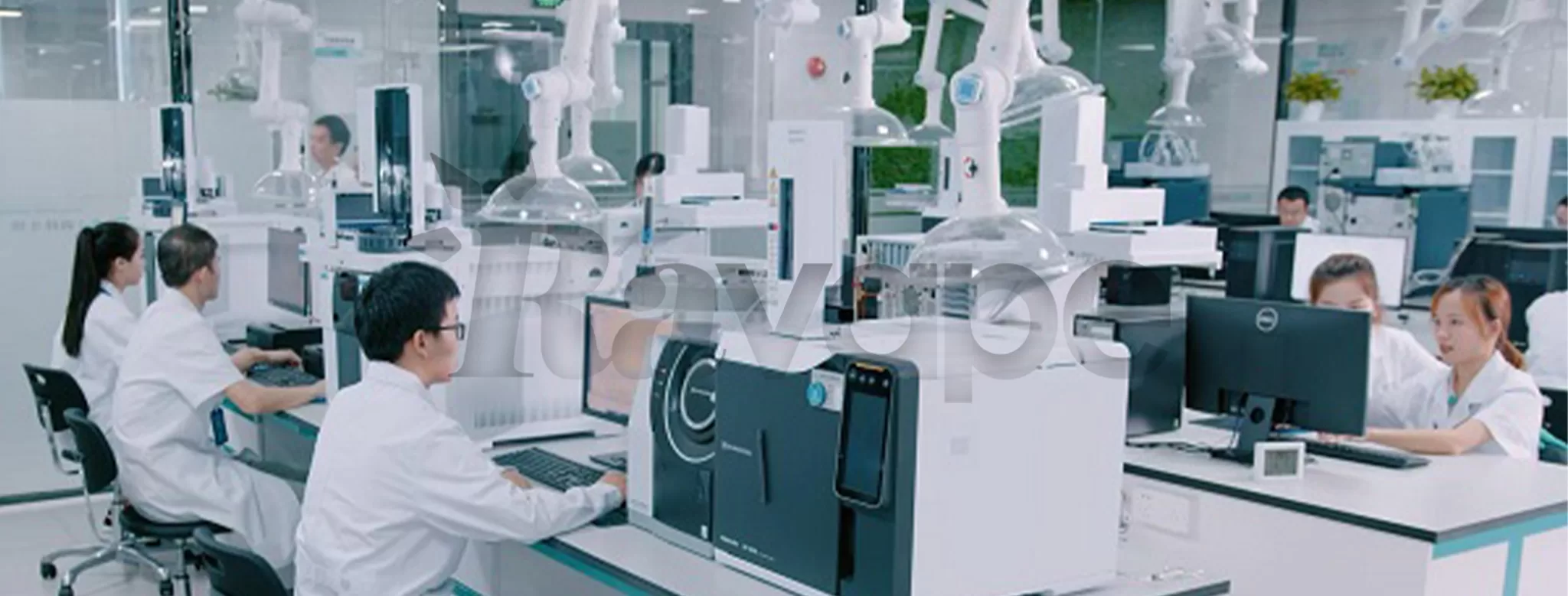What are the gradient color techniques for vapes?
Throughout the evolution of vape products, whether they were popular in the past or currently trending, there is a type of appearance that is frequently seen, and that is the gradient color design. By incorporating rich color gradients and a sense of flow, vapes exhibit a high-end and refined texture, adding unique visual appeal and artistic aesthetics to the products.
What are the gradient color techniques for vapes?There are various techniques available for achieving gradient color effects on vapes, including anodizing, spraying, PVD coating, UV transfer printing, silk printing, and color printing. Among these techniques, anodizing and spraying are commonly used in the vape industry due to their cost-effectiveness and suitability for mass production. Additionally, there is a new technique known as gradient color injection molding.
1.PVD Vacuum Coating:
PVD (Physical Vapor Deposition) is a process that takes place under vacuum conditions. It involves using physical methods to vaporize the material source or liquid surface into atomic, molecular, or partially ionized states. These vaporized particles are then deposited onto a substrate surface to form a thin film with specific functionalities.
PVD coatings exhibit high strength, wear resistance, heat dissipation, and corrosion resistance. They can create impressive effects such as cool textures, metallic finishes, shiny silver, ceramic gloss, and gradient colors. This advanced technique is also employed in the production of devices like the Apple iPhone X. However, one limitation of this technology is that it can only be applied to flat or slightly curved surfaces.
2.Anodizing:
Anodizing involves the formation of an oxide film on the metal surface, and the pure process of anodizing solely includes the creation of this oxide film. If coloration is desired, the process requires dyeing and sealing to achieve the desired color effect.
This technique is commonly used for aluminum alloy components. Gradient colors are achieved by controlling the dyeing time, allowing the dye molecules to penetrate the interstices of the oxide film. The longer the dyeing time, the more dye molecules enter, resulting in a deeper color. By controlling the immersion time of the parts in the dyeing solution using computerized systems, it is possible to achieve a uniform gradient color effect.
The process typically involves degreasing, etching, desmutting, anodizing, dyeing, sealing, hot water rinsing, and drying. Many products from brands like Ravape utilize anodizing to achieve gradient colors, especially for the vape body.
Anodizing offers stability in coloration, high strength, lightweight construction, excellent corrosion resistance, enhanced metallic appearance, resistance to fingerprints and stains, and good thermal conductivity.
Gradient anodizing can be achieved in single-color or dual-color variations, with the latter being more complex and costly. However, the dual-color contrast highlights the high-end and unique appearance of the product.
3.Gradient Color Injection Molding
Gradient color injection molding is a recent technique introduced by Abog. It utilizes a two-color molding process to inject two different-colored materials into precise gaps through injection molding machines and molds. This achieves a gradient color effect or a product with multiple layers injected together.
4.Spraying
Spraying is a processing method that involves using a spray gun to atomize paint and coat the surface of an object. It can create coatings with various physical and chemical properties such as wear resistance, corrosion resistance, heat insulation, conductivity, insulation, sealing, lubrication, and other special mechanical properties. It is widely used and considered a traditional technique.
Gradient color spraying utilizes spraying equipment with two or more colors of paint. By modifying the equipment structure, it allows a smooth transition from one color to another, creating a new decorative effect. The operation of the equipment is relatively simple, and it offers high efficiency. Simple gradient color spraying can be easily mass-produced with high yield. During the spraying process, multiple layers of color are stacked (3-4 layers), and the key is to control the thickness of the coating, gradually transitioning from one color to another.
In addition, the choice of paint is crucial. The selected paint should not only provide the plastic shell surface with properties such as wear resistance and corrosion resistance but also have a decorative effect on the appearance. The brightness of the color is also important.
The Gradient Color Spray Coating Process for vapes includes substrate treatment, sequential spraying of functional primer, gradient paint, and glossy paint, followed by baking or air drying.
5.UV Transfer Printing
UV transfer printing, also known as UV infusion or UV coating, utilizes the non-stick characteristics of UV transfer glue and transfers various ultra-thin effects onto PET or PC sheets through UV transfer printing technology. This can create effects such as CD patterns, scratch-resistant textures, matte or glossy textures, and more.
The main process flow includes:
6.Mold opening: Preparing the mold.
Transfer printing: Printing UV glue onto the transfer printing mold through screen printing.
Pressing: Placing the PC sheet onto the transfer printing mold and pressing it tightly with a roller.
UV curing: Placing the sheet and transfer printing mold into a UV curing machine for curing.
Demolding: Removing the transferred product from the mold and placing it in the designated position.
Products produced using UV transfer printing technology can compensate for the shortcomings of stamping and injection molding processes, such as the appearance of blemishes and injection molding marks. Due to their ultra-thin and high transparency characteristics, they can create various micro-texture effects (gradient patterns, holographic effects, etc.) through screen printing or Ko-style printing on the back of the product, maintaining the beauty and elegance of the pattern permanently.
In summary, the above text introduces various gradient color techniques for vapes, each suitable for different needs. For large-scale production, spraying, anodizing, and injection molding are usually more applicable. These techniques offer high efficiency and cost-effectiveness, meeting the demands of mass production.
On the other hand, for short-term batch production, efficiency becomes more important, and UV printing can be considered. UV printing provides fast drying and high precision, making it suitable for rapid production and customization needs. In conclusion, selecting the appropriate technique based on production scale and time requirements can improve efficiency and meet different production needs.




-qwpax3rd2nto0i9lm3wb0nde9r42qenn9so2lk7sb4.png)